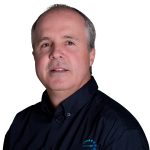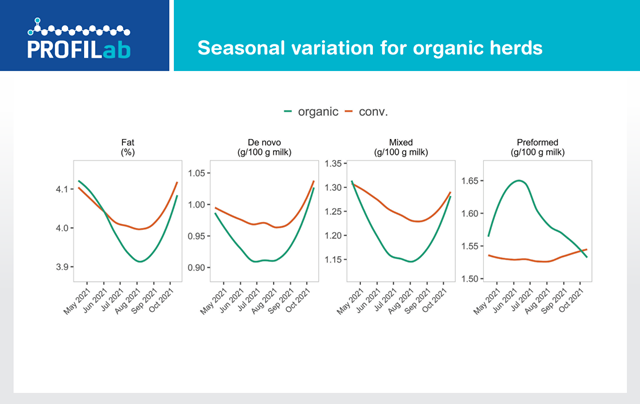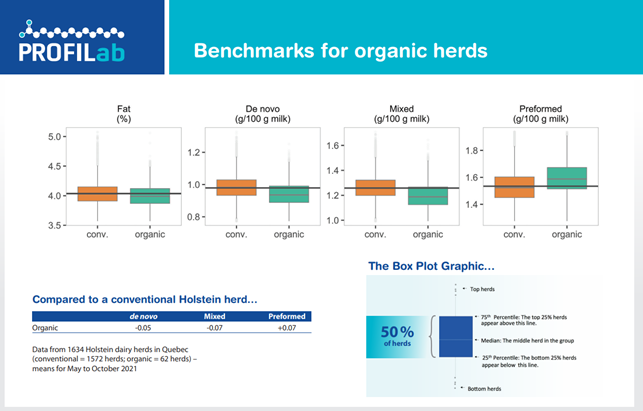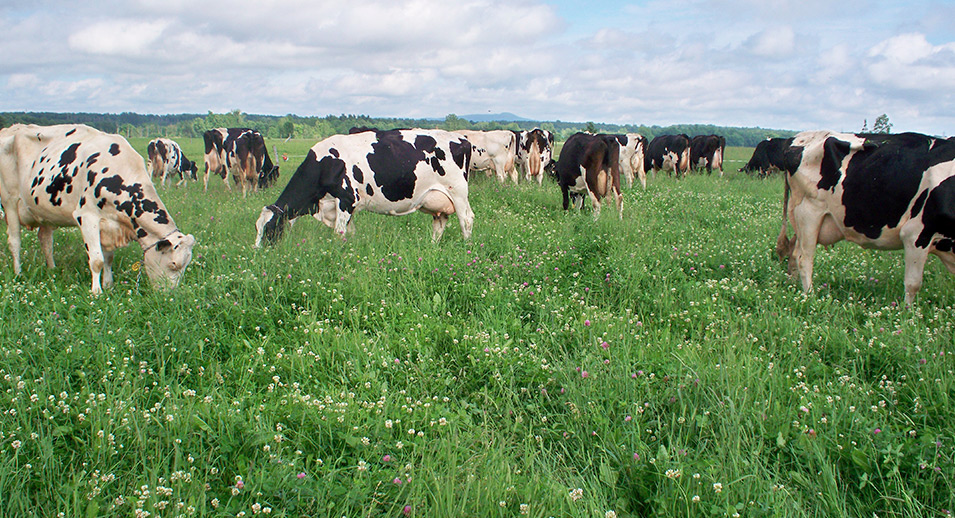PROFILab is Useful In The Pasture!
- April 23, 2022
- Atlantic, Quebec
It is well-known that pastures can provide very high-quality forage, in good quantity and at a cost of at least 50% less than harvested forages. Nevertheless, maintaining good milk production and fat content on grass is a little more challenging than in the barn.

In fact, we often observe decreases in production and fat content on some farms, while on other farms, the summer-winter difference is much less marked. Since pasture-based feeding is less expensive, we can absorb some of the cost of fat drop there, but let’s also consider ways to avoid it.
The Three Winning Factors
There are several factors that explain why some producers do better than others on pasture. These factors fall into three typical categories: genetics, cow environment, and feeding. Cows genetically selected for fat production will do much better on grass. In Quebec, we often see herds that have very little difference between their fat levels in winter versus on pasture. In Ireland, where almost all the cows are on pasture, Holsteins produce as much fat on pasture as in the barn thanks to genetic selection for this.
When we talk about the cows’ environment on pasture, we immediately think of heat stress. This can be reduced by shade, the use of windbreaks or simply by keeping the cows in the barn on hot and humid days.
The quality of the cows’ diet on pasture is directly linked to the producer’s forage management. Dry matter intake on pasture, height of grass in and out of a paddock, or the proportion of grass to legumes are determined by our grass management decisions. If our cow has access to a pasture that offers quantity and quality, her intake will be very high and will contribute to maintaining high production and fat content.
Your #1 Ally: PROFILab
To help producers manage their pasture feeding, the use of PROFILab during the summer season is very useful. By comparing a farm’s results to the curves in the table below, we can evaluate the impact of our grazing management on the milk and fat performance of our herd.
Clearly, there are large differences between pastured and conventional herds. For example, for grazing herds, it is normal to have much higher levels of preformed fatty acids since the intake of polyunsaturated fatty acids from the grass consumed is very high.
Did you know that…
It should be noted, however, that among organic herds there are significant variations as can be seen in the table below.
A Project by Producers, for Producers
Lactanet will be initiating a project in the summer of 2022 to refine our knowledge of pastures and their impact on the fatty acid profiles of milk. Groups of producers will be equipped with a smartphone application for pasture management. This tool will allow them to monitor the feeding and intake of cows on grass every day. The application will also allow us to compare the type of grass served and the PROFILab curves for the same day. Thus, we will be able to determine more precisely what are the dietary factors that allow some producers to maintain good milk and fat performance on pasture. Through the same follow-up, we will be able to explain poorer results, identify the precise causes and find appropriate solutions for the management of these pastures.
Using PROFILab for grazing herds already allows us to improve the performance of dairy cows on grass. With this summer’s project, PROFILab will be an even more useful tool to integrate into your management!












